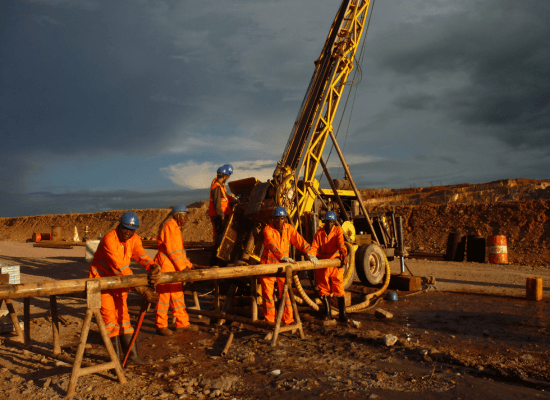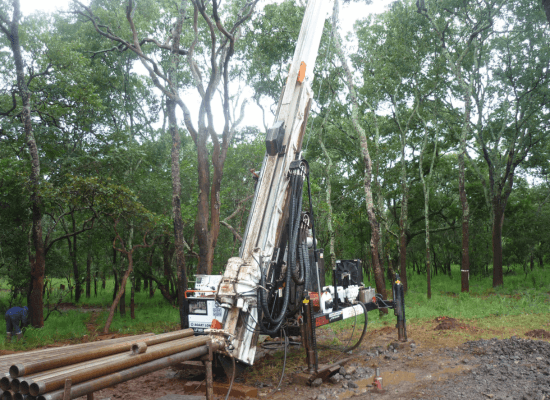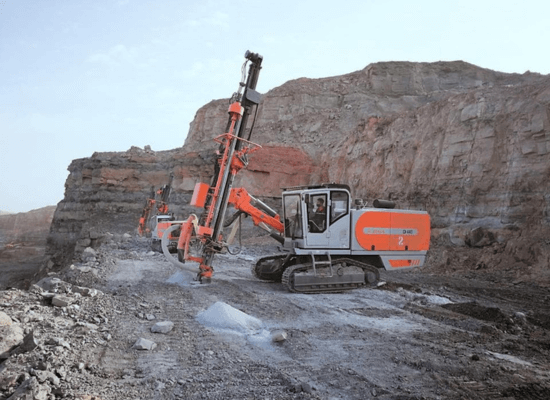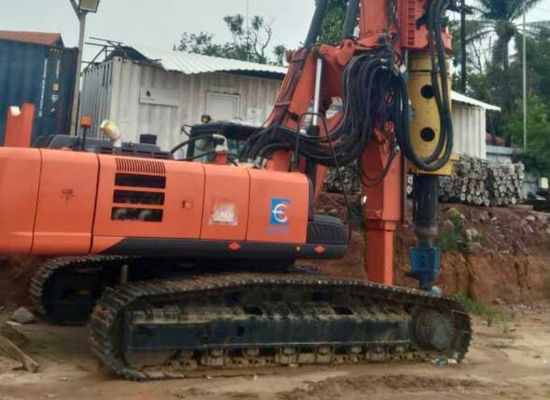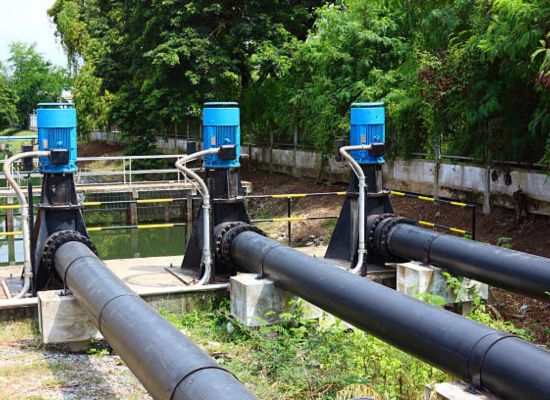Aquifer Testing
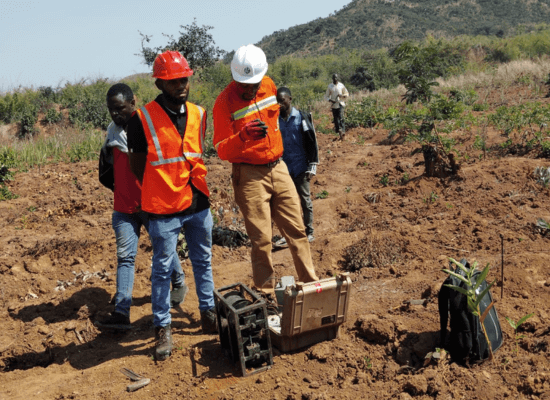
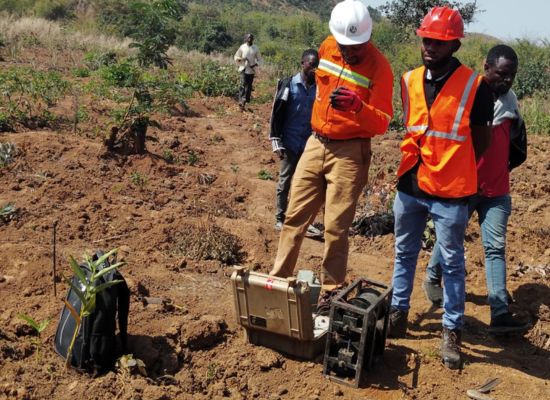
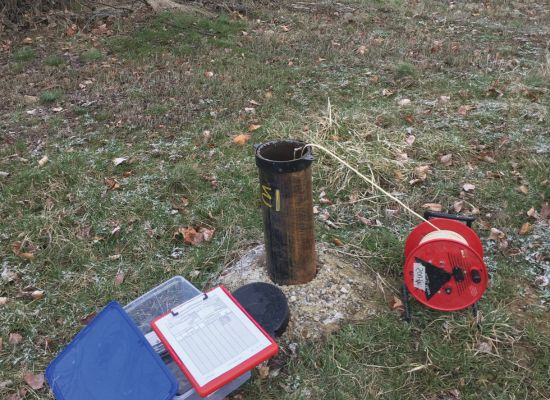
Aquifer Testing
Professional Aquifer Testing Precision Methods
The electrical resistivity method involves the measurement of the apparent resistivity of soils and rock as a function of depth or position. The resistivity of soils is a complicated function of porosity, iconic content of the pore fluids, and clay mineralization. The most common electrical methods used in hydrogeologic and environmental investigations are vertical electrical soundings (resistivity soundings) and resistivity profiling with Aquifer Testing.
During resistivity surveys, current is injected into earth through a pair of current electrodes, and the potential difference is measured between a pair of potential electrodes. The current and potential electrodes are generally arranged in a linear array. Common arrays include the dipole-dipole array, pole-pole array, Schlumberger array, and the Wenner array. The apparent resistivity is the bulk average resistivity of all soils and rock influencing the current it is calculated by dividing the measured potential difference by the input current and multiplying by a geometric factor specific to the array being used and electrode spacing.
In a resistivity sounding, the distance between the current electrodes and the potential electrodes is systematically increased, thereby yielding information on subsurface resistivity from successively greater depth. The variation of resistivity with depth is modeled using forward and inverse modeling computer software.
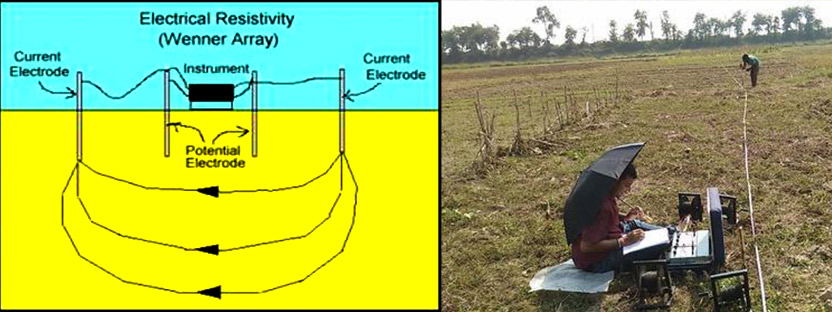
Geophysicists apply resistivity sounding techniques to :
- Characterize subsurface hydrogeology
- Determine depth to bedrock/ overburden thickness
- Determine depth to groundwater
- Map stratigraphy
- Map clay aquitards
- Map vertical extent of certain types of soil and groundwater contamination
Estimate landfill thickness
In resistivity profiling, the electrode spacing is fixed, and measurements are taken at successive intervals along a profile. Data are generally presented as profiles or contour maps and interpreted qualitatively.
- Creative Ideas
- Super Safety
- 24/7 Support





